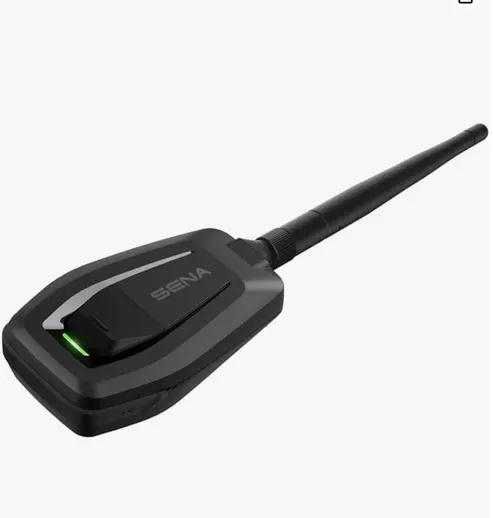Notifications
6 minutes, 52 seconds
-3 Views 0 Comments 0 Likes 0 Reviews


Motorcyclists today demand more than just protective gear—they expect performance, tech support, and ease of use. The Sena helmet camera delivers all of this with its seamless integration and hands-free operation. Whether you're capturing scenic routes or recording for safety, setting up this camera the right way ensures maximum value. This guide walks you through everything—from unpacking to optimizing each ride.
Before diving into installation, inspect the components. A typical box includes the camera module, mounting gear, microphone, charging cable, and a user guide. Double-check all parts are in place before proceeding.
Charge the device fully before your first ride. A solid power base ensures stable firmware setup and recording during use. Keeping your gear fully charged before use also prevents unexpected shutdowns mid-ride, helping avoid missed footage.
Always store packaging for a few days after purchase in case you need replacements or have warranty issues. Review the manual briefly so you understand the functions and button combinations.
Mounting location matters. Most users attach the camera to the side of the helmet for a clear field of view and balance. Use the provided adhesive or clamp mounts, and ensure a firm, vibration-free fit.
Avoid mounting too low or too high—it should align with your natural head position. A misaligned view can reduce footage clarity or miss key moments. Make sure you wear the helmet and test angles before committing to a mount spot.
Test your mount after setup by riding at moderate speeds and reviewing the footage. If there’s shaking, adjust the base or use included padding to reduce vibrations.
For optimal use, connect the Sena helmet camera to your smartphone or compatible communication system. This step enables real-time control, audio syncing, and even firmware updates.
To pair:
Activate Bluetooth on both devices.
Hold the camera's pairing button until the LED flashes.
Select the device name from your phone’s Bluetooth menu.
Confirm successful pairing by checking the LED indicator.
You can now control functions directly via the app or paired unit. Pairing also helps with live-streaming video (if supported) or managing camera settings from your phone without handling the helmet.
Using the app, adjust the following settings before your ride:
Video Resolution: Choose between 1080p or 1440p based on storage and clarity needs.
Loop Recording: Helps preserve storage by overwriting older footage.
Voice Prompts: Enable this to receive audio alerts on battery, recording, or connectivity.
Fine-tuning these options improves your footage and overall experience. Play around with the field of view (wide, medium, or narrow) to match your riding environment.
Clear audio enhances video storytelling. Place the mic near your mouth but shielded from direct wind exposure. Use the windscreen sponge provided to reduce external noise.
Check volume levels before heading out. An over-sensitive mic can pick up helmet movement and distort recordings. Balance voice and road noise with a test run before long-distance rides.
Test different positions for the mic inside the helmet to reduce friction sounds caused by movement. Also, ensure wires are tucked away to avoid rattling.
Use a high-speed, Class 10 microSD card (minimum 64GB recommended). Format the card within the camera system to reduce file corruption risks.
Regularly back up your footage to a laptop or cloud service. Delete old files from the card after transfer to avoid reaching memory limits during use. If recording is critical for your ride, carry a spare SD card.
Organizing your saved videos into folders (by date or location) helps keep footage manageable over time.
After every few rides, inspect the lens for dust or smudges. Use a microfiber cloth—never a tissue or rough fabric.
Check mounts and tighten any loosened bolts or adhesive points. Battery contacts should be dry and clean to avoid charging issues.
Firmware updates are released periodically. Connect to the Sena device manager or app to stay up to date. These often improve stability, fix bugs, and unlock features.
Not syncing the mic properly: Results in no audio capture.
Using outdated firmware: May cause camera freeze or shutdowns.
Overlooking SD card speed: Slower cards might fail during long recordings.
Avoid these to keep performance at its best and footage reliable.
Using the Sena helmet camera isn't just about recording—it’s about enhancing your ride. Paired with the Sena mesh adapter, the camera becomes part of a broader communication and control system. A well-set system supports group intercom, GPS audio, and hands-free calls while recording. This level of integration helps riders stay safe and connected without distraction.
Maximize your riding experience with a properly configured Sena helmet camera. Set it up, sync it, and ride smarter. Get started today—don’t let your best moments go unrecorded.

